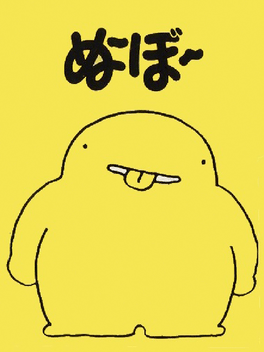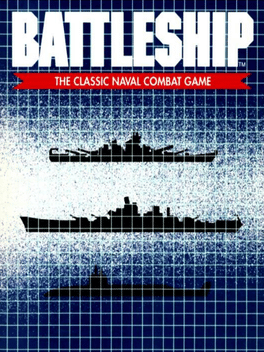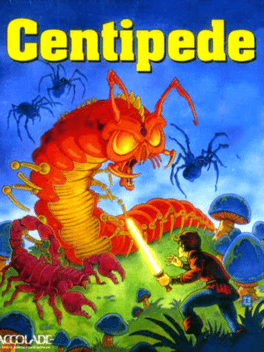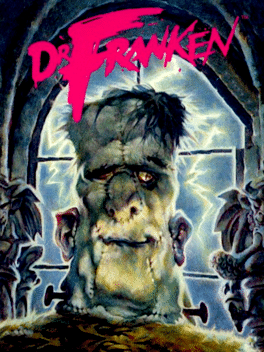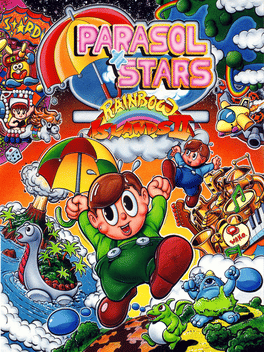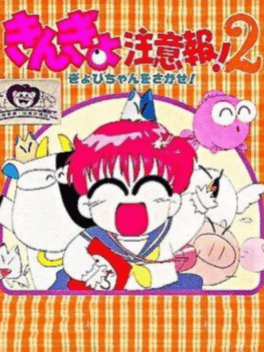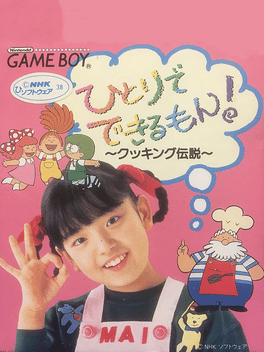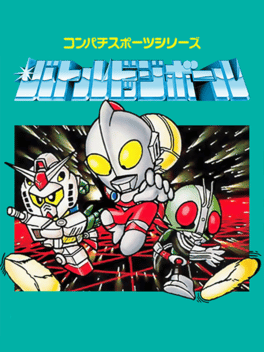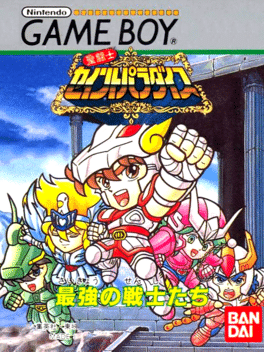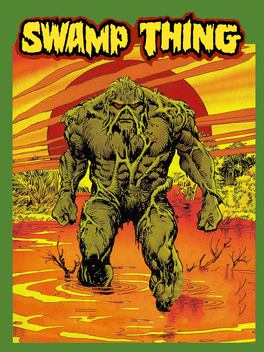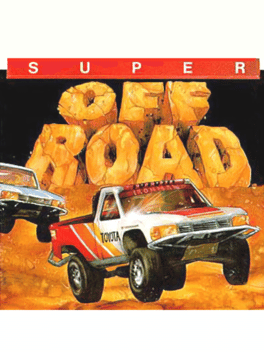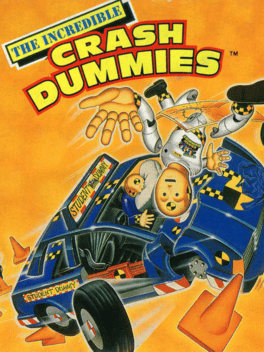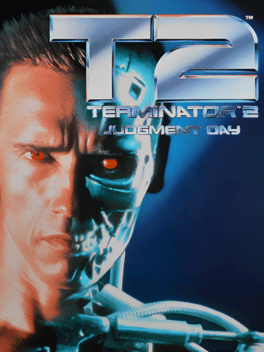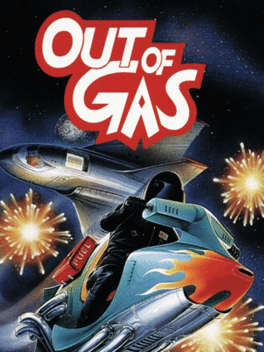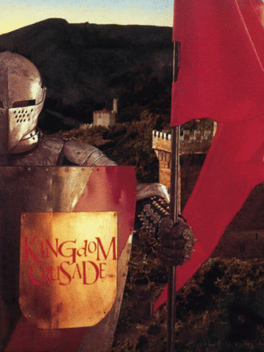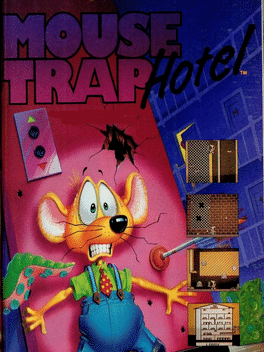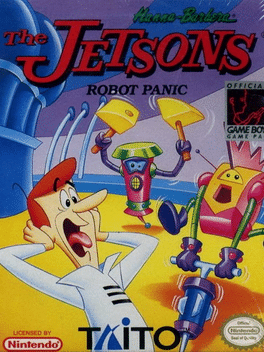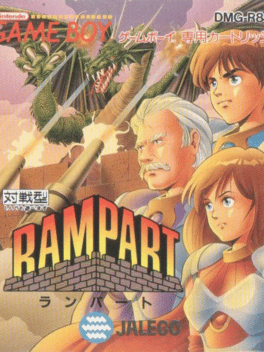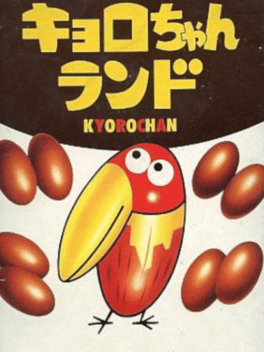New Gb Games - Page 35
-
Noobow
1992
Noobow
1992
Noobow is a puzzle platformer featuring a Japanese chocolate mascot. The aim of the game is to pick up objects and use them wherever they're needed in order to stop the sun and rain from fighting each other. After using the objects in the right places they disappear to confirm that players have made the right choice. There are 7 levels in the game and Noobow will always refuse to put his life in danger. Completing each level is done by reaching the goal and assisting the characters that are waiting there. -
Battleship
1992
-
Centipede
1992
-
Dr. Franken
1992
Dr. Franken
1992
star 6.1Being the first version that was released, the Game Boy version of the game uses a password-based saving system to save the player's progress. The game consisted of seven floors where various items and parts of Bitsy (Franky's girlfriend) were hidden. Keys and special items were needed to access additional areas to find more body parts and equipment required to resurrect Bitsy. -
Parasol Stars: Rainbow Islands II
1992
A Port of "Parasol Stars: Rainbow Islands II" (also known as Bubble Bobble 3) was published by Ocean for the Game Boy in 1992. -
Kingyo Chuuihou! 2 Gyopi-chan wo Sagase!
1992
Kingyo Chuuihou! 2 Gyopi-chan wo Sagase! is the second puzzle game in the Goldfish Warning! series. -
Yoshi's Cookie
1992
Yoshi's Cookie
1992
The Game Boy version of Yoshi's Cookie was released as part of a dual launch with the NES version of the game. While they both featured the original three forms of game play, individuals on Gameboy were at an advantage in the form of the amount of players that could compete against one another in the VS mode. -
Hitori de Dekirumon! Cooking Densetsu
1992
A popular program on NHK Educational TV has become an RPG. Like the show, Mai-chan, the main character, will challenge the RPG. The battle scene with the enemy is in a quiz format. -
Battle Dodgeball
1992
Battle Dodgeball
1992
A crossover combat dodgeball game featuring characters from Mobile Suit Gundam, Ultraman and Kamen Rider. Similarly to Technos's Super Dodge Ball, each combatant has a health meter which depletes whenever they are hit by the dodgeball. Stronger throws cause more damage and once a character's HP is depleted, they leave the arena. -
Saint Seiya Paradise: Saikyou no Senshi-tachi
1992
The combat mode is in the style of RPG video games, with many levels and items going through towns and anime scenarios. The video game begins in the Galaxian Wars and ends with the combat against the god Poseidon, making their appearances minor characters like Gigas and Geist that would not be used in other video games later. -
Swamp Thing
1992
-
Super Off Road
1992
-
Out of Gas
1992
Out of Gas
1992
Out of Gas is a Racing game, developed by Realtime Associates and published by FCI, Inc., which was released in 1992. -
Kingdom Crusade
1992
Kingdom Crusade
1992
star 6This video game takes places during a hypothetical apocalyptic battle between a dark, evil army and a light, good army. Even the king and queen of each respective kingdom is expected to contribute to combat duty; which was expected of kings in the Middle Ages but not of most queens. Even though this game is medieval in nature, it does not depict any culture of Medieval Europe against each other. Players can take either side and both kingdom's units are of equal strength to each other. The units in the game correspond to Western high fantasy (i.e., paladins instead of samurai). All fighting is done in an arcade manner (real-time with button mashing) rather than a typical manner of a strategy or role-playing game (either turn-based or real-time without button mashing). Each player must either destroy all of the opponent's units or capture all the castles in order to win the game and to defeat his or her opponent. Winning results in a celebration screen while losing is the equivalent to a game over. -
Mouse Trap Hotel
1992
Mouse Trap Hotel
1992
star 4.3Mouse Trap Hotel is an Action game, developed by Imagineering Inc and published by Electro Brain, which was released in 1992. -
The Jetsons: Robot Panic
1992
Robots have attacked Orbit City and only George Jetson can stop them. With the help of his family, George will navigate through multiple levels filled with robots and hazards. Ultimately, he will have to defeat the robot leader to save the day in THE JETSONS: Robot Panic. -
Rampart
1992
Rampart
1992
The Japanese Game Boy port of Rampart changes all of the sprites for a japanese-related fantasy RPG-like setting, including the enemies, in contrast to the medieval themes of the Western release. -
Kyoro-chan Land
1992
Kyoro-chan Land
1992
The game is based on "Kyoro-chan," the mascot character of Morinaga Choco Balls, a popular confectionary from Morinaga Seika.
